Home>Furniture & Design>Interior Design Trends>How To Get A Suction Cup To Stick To Glass
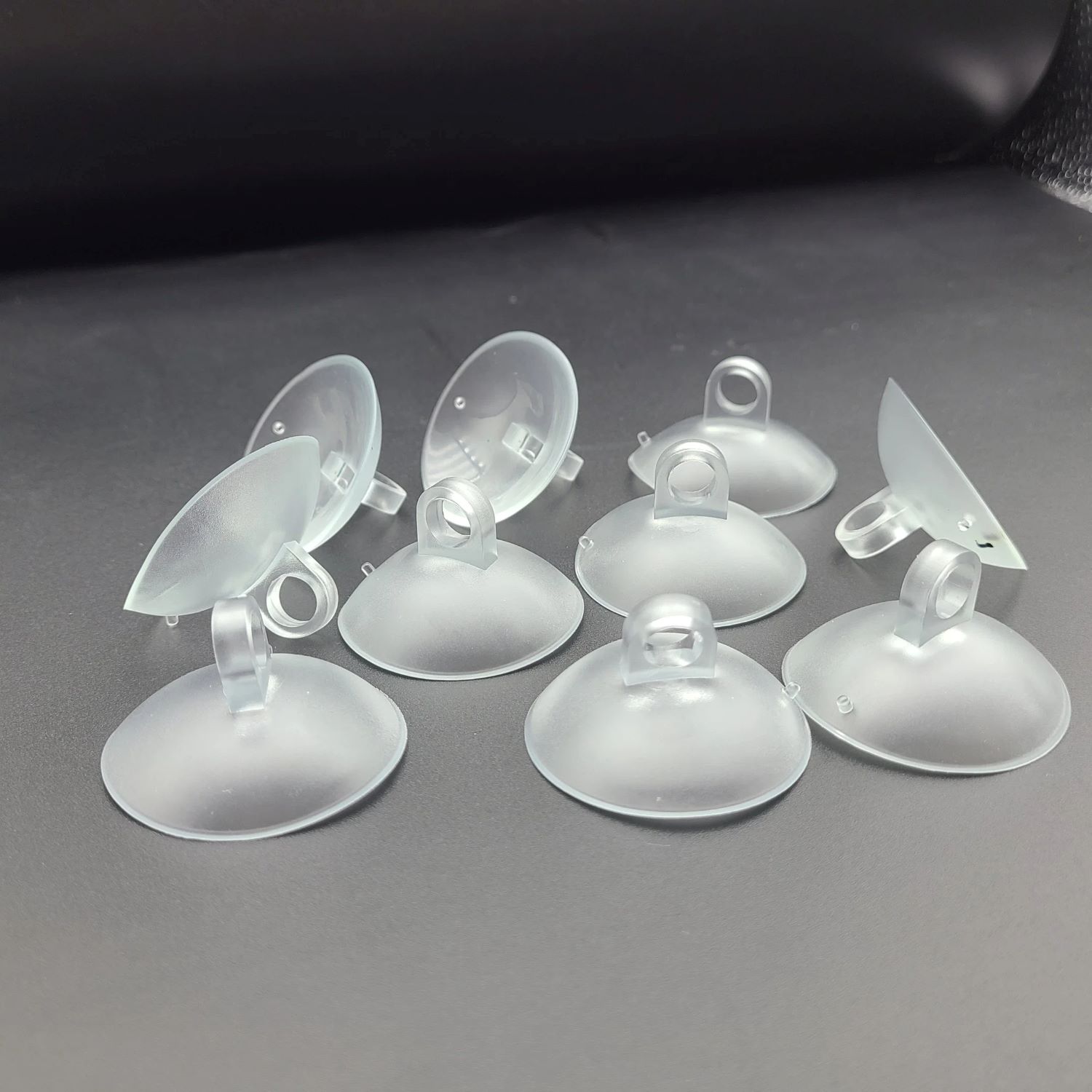

Interior Design Trends
How To Get A Suction Cup To Stick To Glass
Published: February 8, 2024
Discover the latest interior design trends and learn how to get a suction cup to stick to glass with our expert tips and tricks. Achieve a stylish and functional space effortlessly.
(Many of the links in this article redirect to a specific reviewed product. Your purchase of these products through affiliate links helps to generate commission for Storables.com, at no extra cost. Learn more)
Introduction
Suction cups are nifty little devices that can be incredibly useful in various situations. Whether you're hanging a seasonal decoration on a glass window, organizing your bathroom with a shower caddy, or mounting a GPS device in your car, knowing how to get a suction cup to stick to glass can make your life a whole lot easier.
In this comprehensive guide, we'll explore the ins and outs of making a suction cup adhere to glass surfaces effectively. From understanding the nature of the glass to preparing the suction cup and troubleshooting potential issues, we've got you covered. By the end of this article, you'll be equipped with the knowledge and techniques to ensure that your suction cups stay put exactly where you want them.
So, let's dive in and unravel the secrets to mastering the art of getting a suction cup to stick to glass!
Key Takeaways:
- Getting a suction cup to stick to glass involves understanding the surface, preparing the suction cup, and applying it with care. Cleanliness, moisture, and checking for damage are key to success.
- Troubleshooting tips include addressing weak adhesion, enhancing grip on smooth surfaces, and managing temperature changes. Regular inspection and maintenance ensure long-term stability.
Understanding the Surface
Before diving into the process of getting a suction cup to stick to glass, it's crucial to understand the nature of the surface you're working with. Glass, known for its smooth and non-porous texture, presents both advantages and challenges when it comes to using suction cups.
Glass surfaces are generally non-porous, meaning they lack tiny openings or pores that would allow air or water to pass through. This characteristic makes glass an ideal material for suction cups, as the airtight seal created by the cup can effectively maintain its grip. However, the smoothness of glass can also pose a challenge, as it may not provide enough friction for the suction cup to adhere securely.
Moreover, it's essential to consider the cleanliness of the glass surface. Any dirt, dust, or residue on the glass can hinder the suction cup's ability to form a tight seal. Therefore, ensuring that the glass is clean and free from any contaminants is a crucial step in the process.
Additionally, the temperature of the glass surface can impact the effectiveness of the suction cup. Extreme temperatures, whether hot or cold, can affect the glass's density and, consequently, the suction cup's ability to adhere. Understanding these factors will help you anticipate and address potential issues when attempting to affix a suction cup to glass.
By comprehending the characteristics of the glass surface, including its smoothness, cleanliness, and temperature, you can better prepare for the process of getting a suction cup to stick effectively. With this knowledge in mind, let's move on to the next steps in our quest to master the art of using suction cups on glass surfaces.
Preparing the Suction Cup
Properly preparing the suction cup is a crucial step in ensuring its successful adhesion to a glass surface. By taking the time to prepare the suction cup, you can significantly enhance its gripping power and overall effectiveness.
Clean the Suction Cup and Glass Surface
Begin by thoroughly cleaning both the suction cup and the glass surface where you intend to place it. Use a mild detergent or glass cleaner to remove any dirt, grease, or residue from the suction cup and the glass. Ensure that both surfaces are completely dry before proceeding to the next step. Any lingering moisture or debris can compromise the suction cup's ability to form a secure seal.
Moistening the Suction Cup
In some cases, lightly moistening the inner surface of the suction cup can improve its adherence to the glass. This method is particularly useful when dealing with stubborn or dry suction cups. Simply dampen a clean cloth or sponge with water and gently moisten the inner rim of the suction cup. Be cautious not to oversaturate the suction cup, as excessive moisture can impede its ability to create a vacuum seal.
Read more: How To Remove Suction Cup From Glass
Checking for Damage
Inspect the suction cup for any signs of damage, such as cracks, tears, or deformities. Even minor imperfections can compromise the suction cup's performance. If you notice any damage, it's best to replace the suction cup with a new one to ensure optimal suction power and longevity.
Applying a Protective Coating
For particularly smooth glass surfaces, applying a thin layer of petroleum jelly or a similar lubricant to the inner rim of the suction cup can enhance its grip. The lubricant creates a slight tackiness that helps the suction cup adhere more securely to the glass. However, exercise caution when using this method, as an excessive amount of lubricant can cause the suction cup to slide or lose its grip.
By meticulously preparing the suction cup through cleaning, moistening (if necessary), checking for damage, and applying a protective coating, you can maximize its effectiveness when affixing it to a glass surface. With the suction cup primed and ready, the next step is to apply it to the glass surface, which we'll explore in the following section.
Applying the Suction Cup
With the suction cup properly prepared, it's time to apply it to the glass surface. This step requires precision and attention to detail to ensure a secure and long-lasting grip.
-
Positioning the Suction Cup: Carefully place the suction cup onto the desired spot on the glass surface. Ensure that the surface is clean and dry, as any residual moisture or debris can hinder the suction cup's ability to form a tight seal.
-
Pressing Firmly: Apply firm and even pressure to the center of the suction cup. This action helps expel any remaining air between the cup and the glass, allowing the suction cup to create a vacuum seal. Pressing firmly also aids in establishing a strong initial grip.
-
Checking for Stability: After pressing the suction cup onto the glass, gently tug on it to check for stability. If the suction cup remains firmly in place without slipping or detaching, it indicates a successful adhesion. However, if it feels loose or easily dislodges, reposition the suction cup and repeat the pressing process to ensure a secure attachment.
-
Verifying the Seal: Inspect the edges of the suction cup to verify that it has formed a complete seal with the glass surface. A well-sealed suction cup will have no visible gaps or air pockets between its rim and the glass. This airtight seal is essential for maintaining the suction cup's grip over time.
-
Monitoring the Grip: Once the suction cup is in place, monitor its grip periodically, especially if it's supporting any weight or subjected to external forces. Suction cups can gradually lose their grip due to changes in temperature, air pressure, or prolonged use. Regularly checking and readjusting the suction cup, if necessary, can help prevent unexpected detachment.
By following these steps and exercising care during the application process, you can maximize the suction cup's adherence to the glass surface. With the suction cup securely in place, you can confidently utilize it for various practical purposes, knowing that it will maintain its grip as intended.
Troubleshooting and Tips
Even with careful preparation and application, issues may arise when attempting to get a suction cup to stick to glass. Fortunately, there are troubleshooting techniques and valuable tips that can help address common challenges and optimize the suction cup's performance.
Read more: How To Get Tajin To Stick To Glass
Addressing Weak Adhesion
If the suction cup fails to adhere firmly to the glass surface, several factors may be at play. One common culprit is residual moisture or air trapped between the suction cup and the glass. To remedy this, remove the suction cup, thoroughly dry the glass surface, and reapply the suction cup, ensuring a tight seal free of air pockets.
Additionally, consider the cleanliness of the glass. Lingering residues or oils can hinder the suction cup's grip. Use a glass cleaner or rubbing alcohol to thoroughly clean the surface before reapplying the suction cup.
Enhancing Grip on Smooth Surfaces
For exceptionally smooth glass surfaces where the suction cup struggles to maintain a grip, consider using alternative methods to enhance adhesion. Double-sided suction cups, which feature suction cups on both sides of a transparent panel, can provide additional support and stability. Alternatively, adhesive-backed suction cups or suction cup hooks with built-in adhesives offer reliable attachment on smooth surfaces.
Managing Temperature Variations
Extreme temperature changes can affect the suction cup's grip on glass. In colder environments, the glass may contract, potentially compromising the seal. Conversely, in warmer conditions, the glass may expand, altering the suction cup's adherence. To mitigate these effects, consider using suction cups specifically designed to withstand temperature variations. These specialized suction cups are engineered to maintain a secure grip despite fluctuations in temperature.
Tips for Long-Term Stability
To ensure the long-term stability of suction cups on glass surfaces, consider the following tips:
- Regularly inspect the suction cup's grip and readjust if necessary, especially in high-traffic areas or when supporting significant weight.
- Avoid exposing suction cups to direct sunlight for extended periods, as prolonged UV exposure can degrade the suction cup's material and weaken its grip.
- Periodically clean the suction cup and glass surface to remove any accumulated dust or residues that may compromise adhesion.
By implementing these troubleshooting techniques and tips, you can overcome common challenges and maximize the effectiveness of suction cups on glass surfaces. Whether for practical applications or decorative purposes, a well-maintained and properly adhered suction cup can serve as a reliable and versatile solution for various needs.
Read more: How To Clean A Bath Mat With Suction Cups
Conclusion
Mastering the art of getting a suction cup to stick to glass involves a combination of understanding the surface, meticulous preparation, precise application, and proactive troubleshooting. By comprehending the characteristics of glass surfaces, including their smoothness, cleanliness, and susceptibility to temperature variations, individuals can anticipate potential challenges and take proactive measures to ensure successful adhesion.
Properly preparing the suction cup through thorough cleaning, moistening (if necessary), checking for damage, and applying a protective coating significantly enhances its gripping power. When applying the suction cup to the glass surface, attention to detail, such as positioning, pressing firmly, verifying the seal, and monitoring the grip, is crucial for achieving a secure and long-lasting attachment.
In instances where challenges arise, such as weak adhesion, difficulty gripping smooth surfaces, or temperature-related issues, employing troubleshooting techniques and valuable tips can help address these concerns effectively. Whether it's ensuring a tight seal free of air pockets, exploring alternative attachment methods, or managing temperature variations, individuals can overcome common obstacles and optimize the suction cup's performance on glass surfaces.
By implementing these strategies and techniques, individuals can confidently utilize suction cups for a myriad of practical and decorative purposes, knowing that they will maintain their grip as intended. Whether it's hanging seasonal decorations, organizing bathroom essentials, or mounting devices, the knowledge and skills acquired in this comprehensive guide empower individuals to harness the full potential of suction cups on glass surfaces.
Ultimately, mastering the art of getting a suction cup to stick to glass not only simplifies everyday tasks but also opens up a world of creative possibilities. With the right approach and understanding, individuals can harness the versatility and reliability of suction cups, transforming the way they interact with glass surfaces in various settings.
Frequently Asked Questions about How To Get A Suction Cup To Stick To Glass
Was this page helpful?
At Storables.com, we guarantee accurate and reliable information. Our content, validated by Expert Board Contributors, is crafted following stringent Editorial Policies. We're committed to providing you with well-researched, expert-backed insights for all your informational needs.

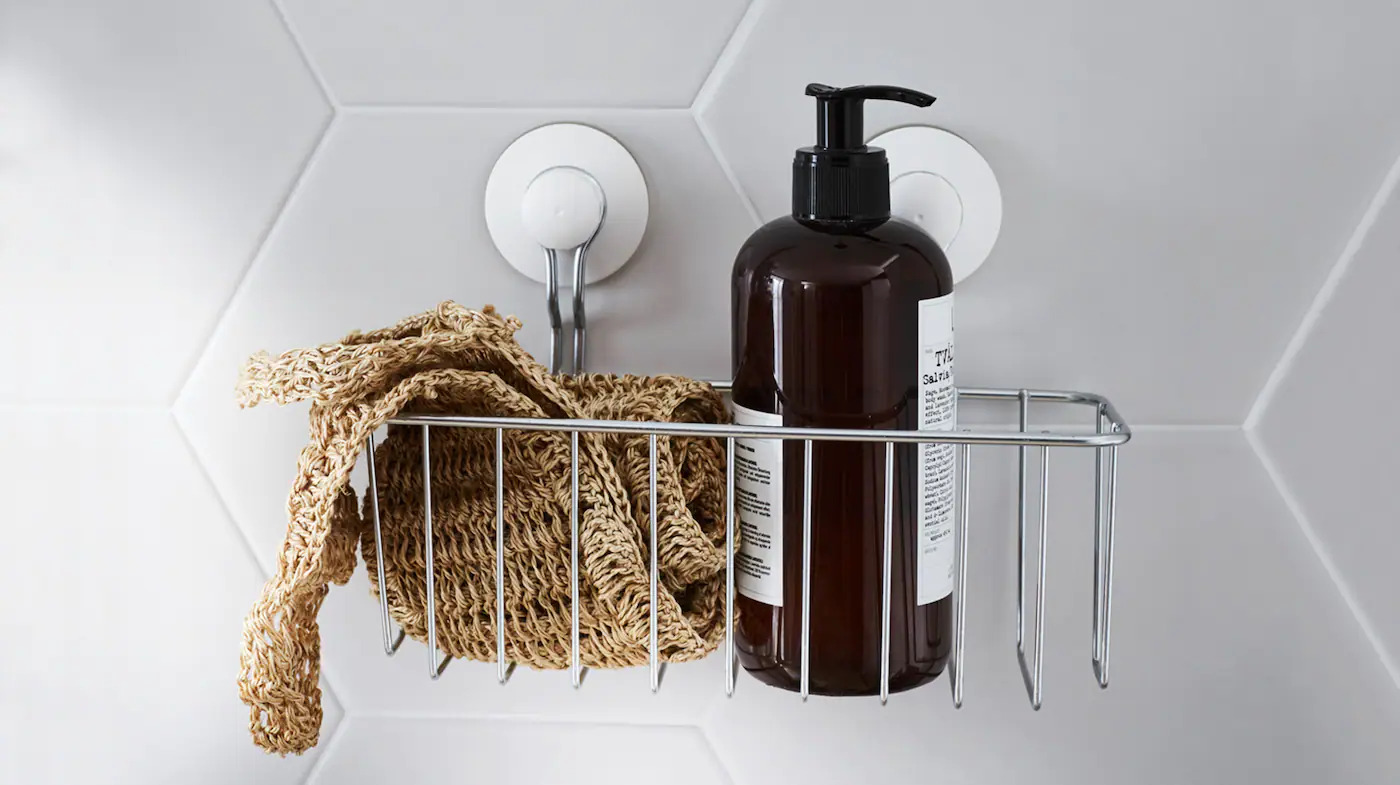
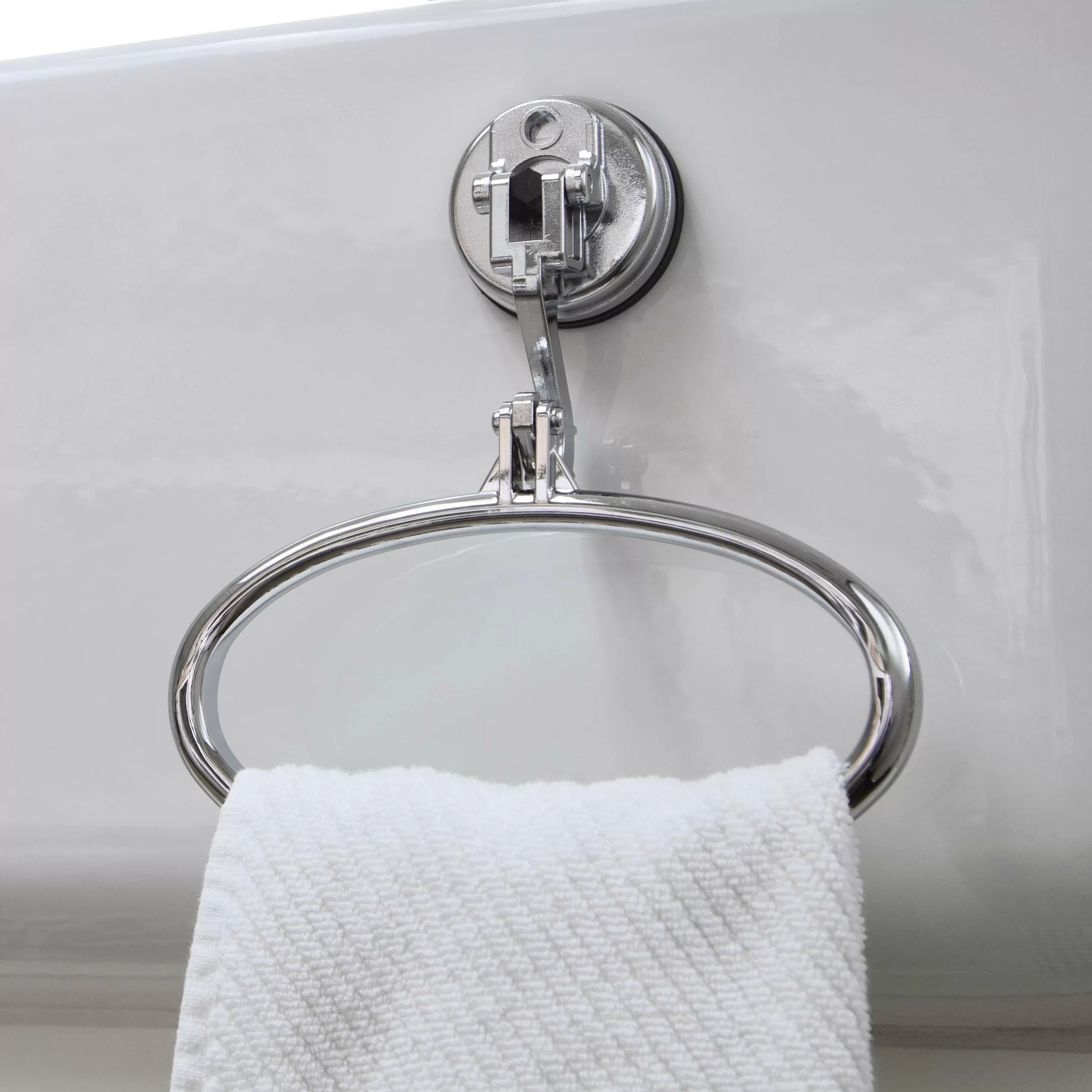
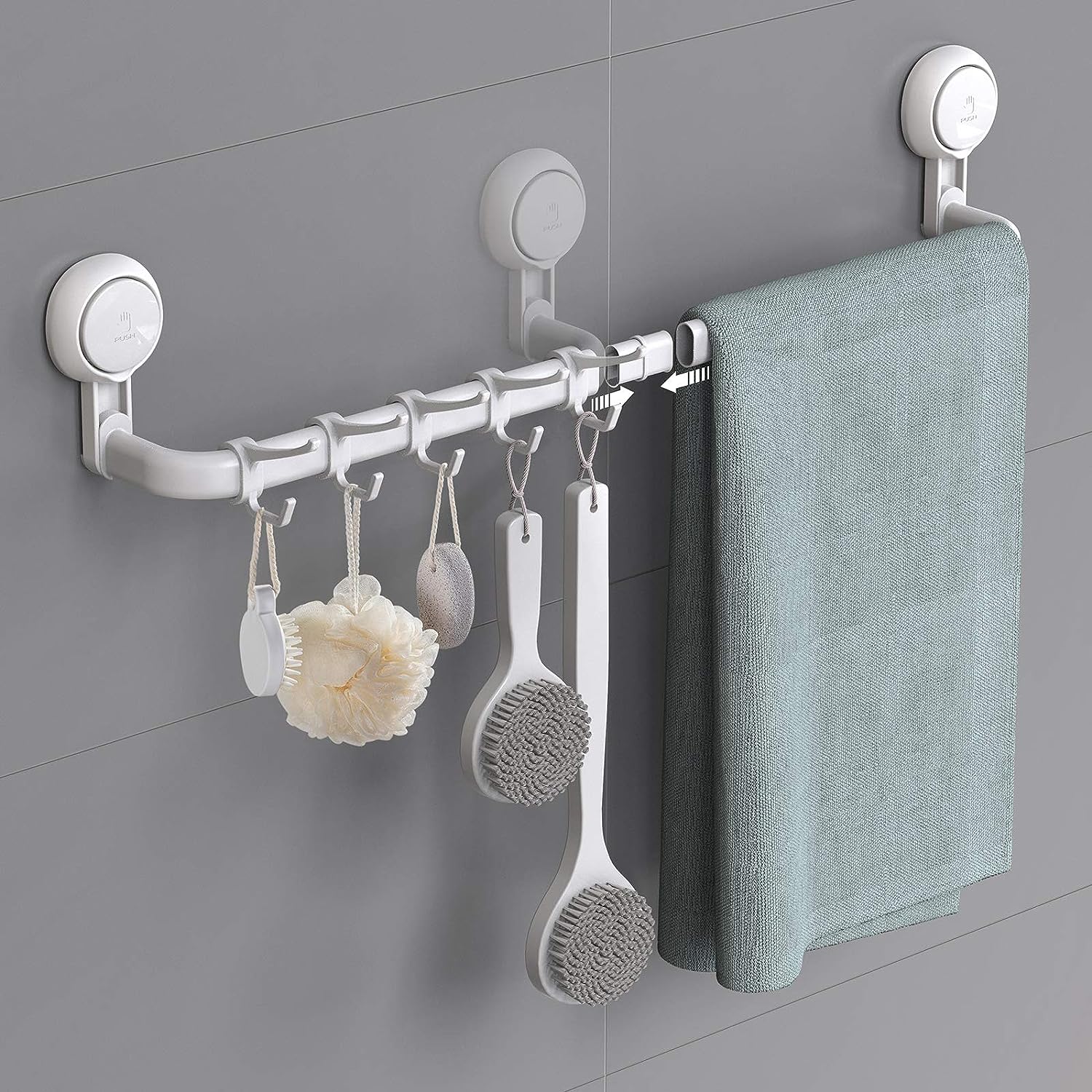
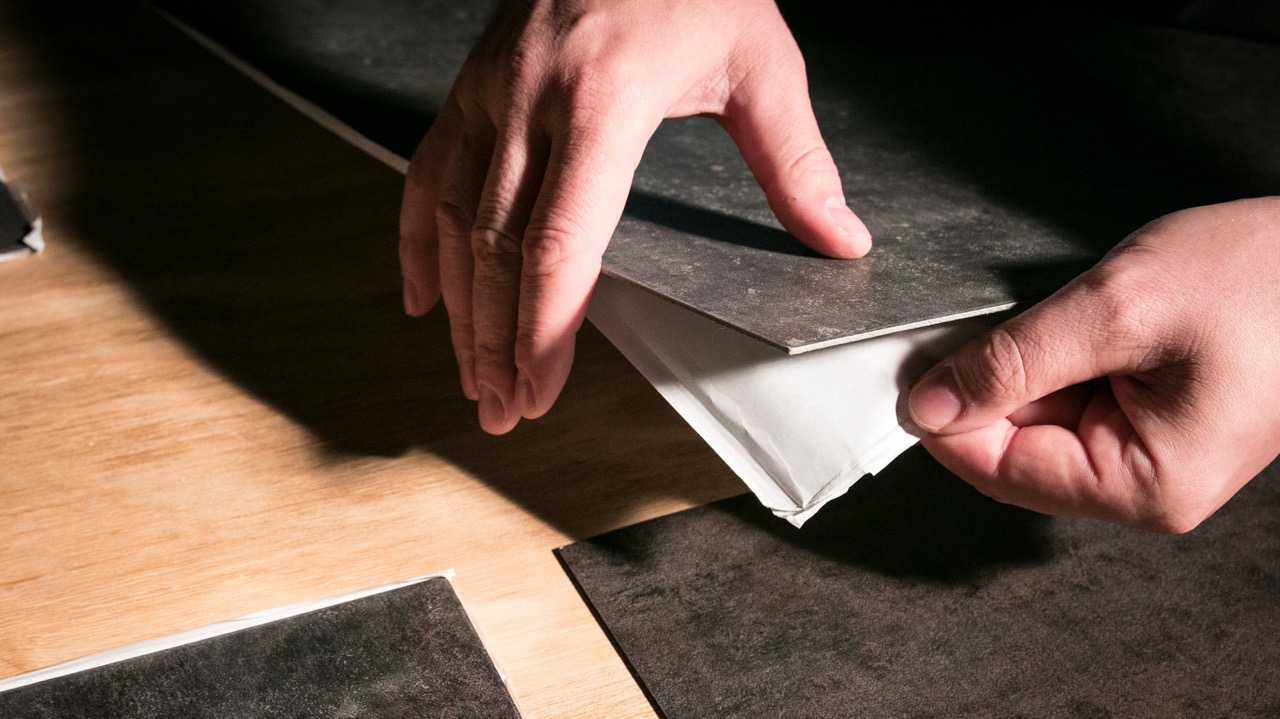

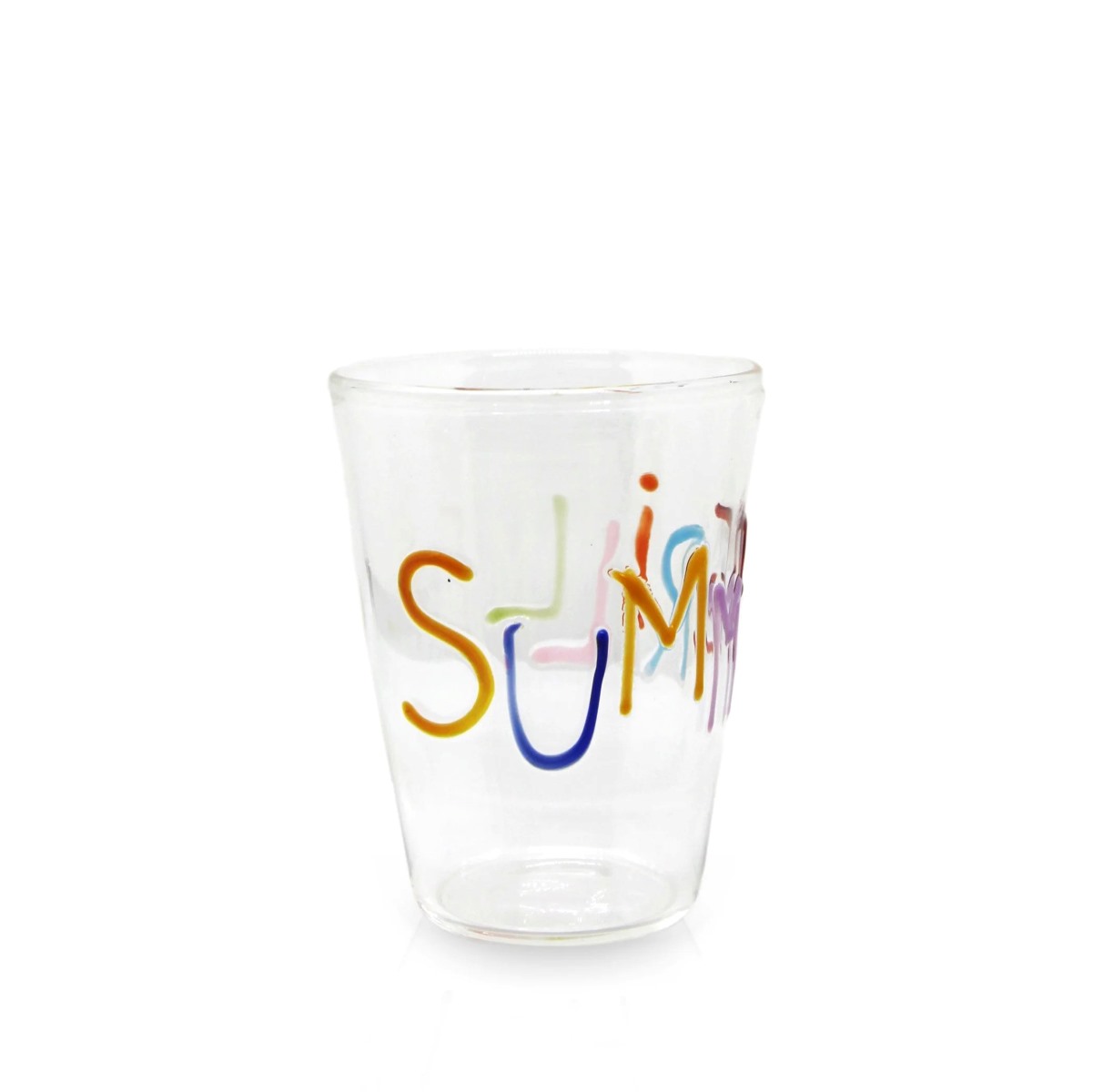
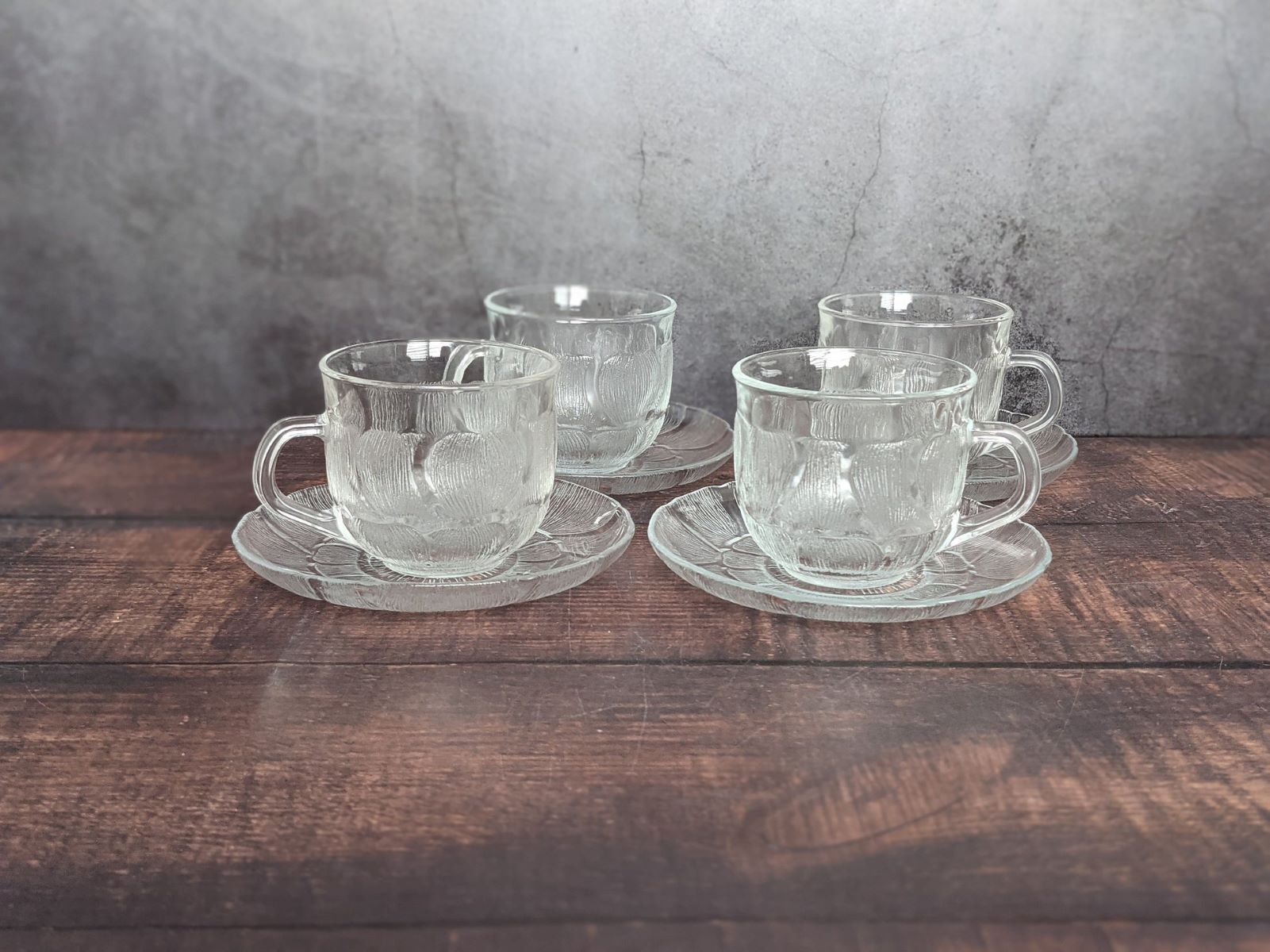
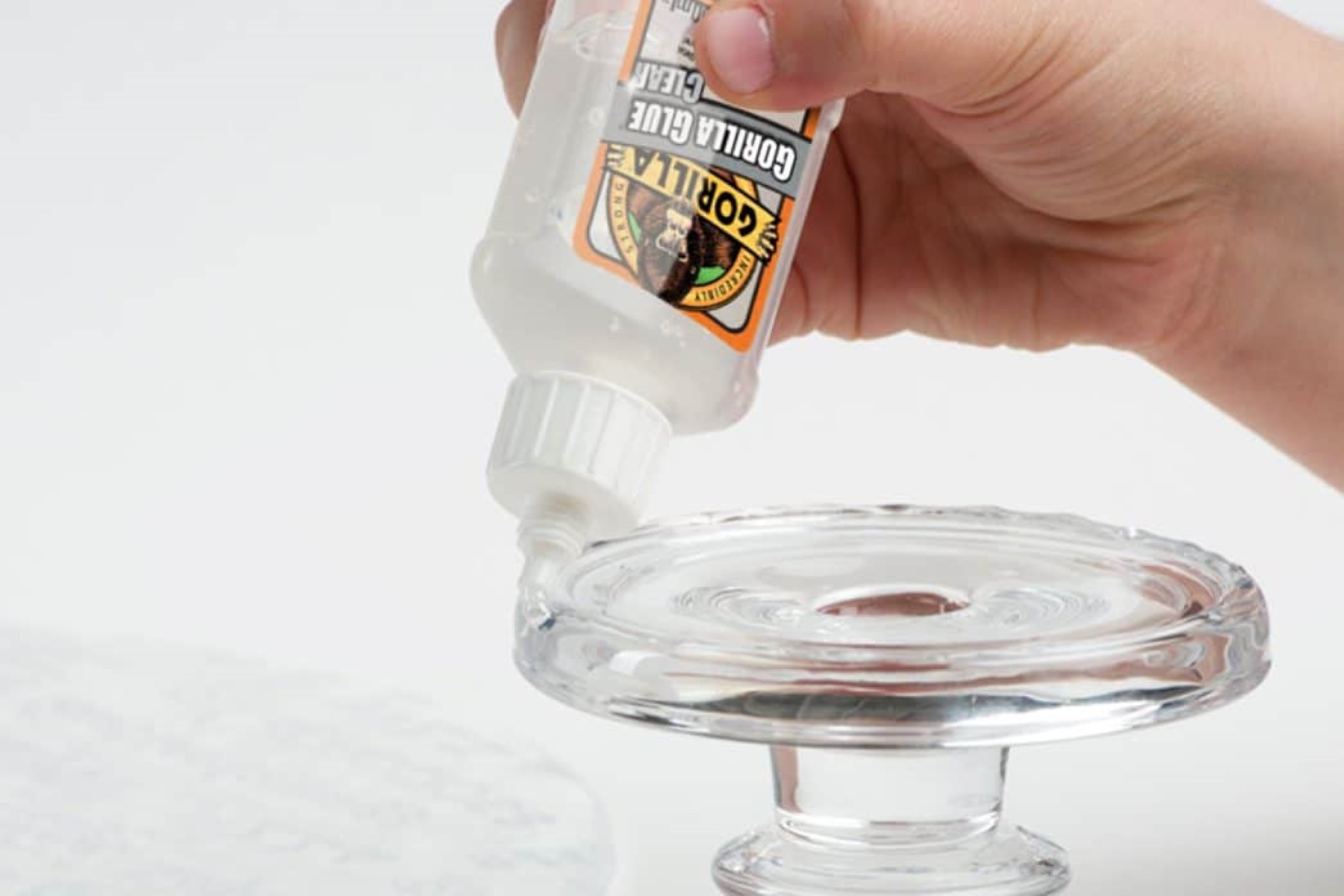
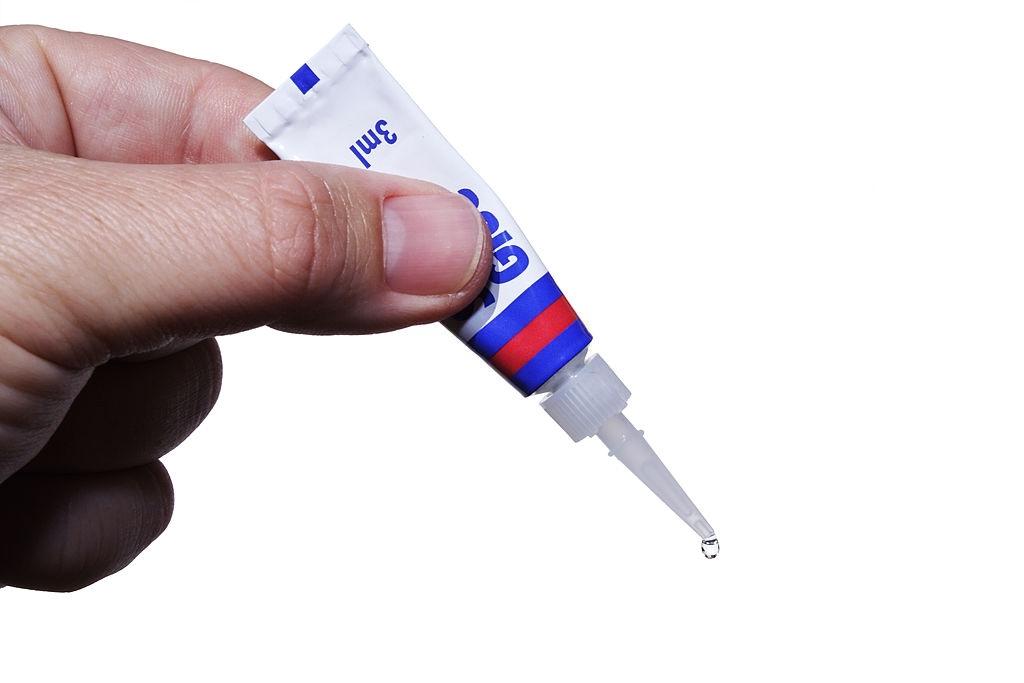
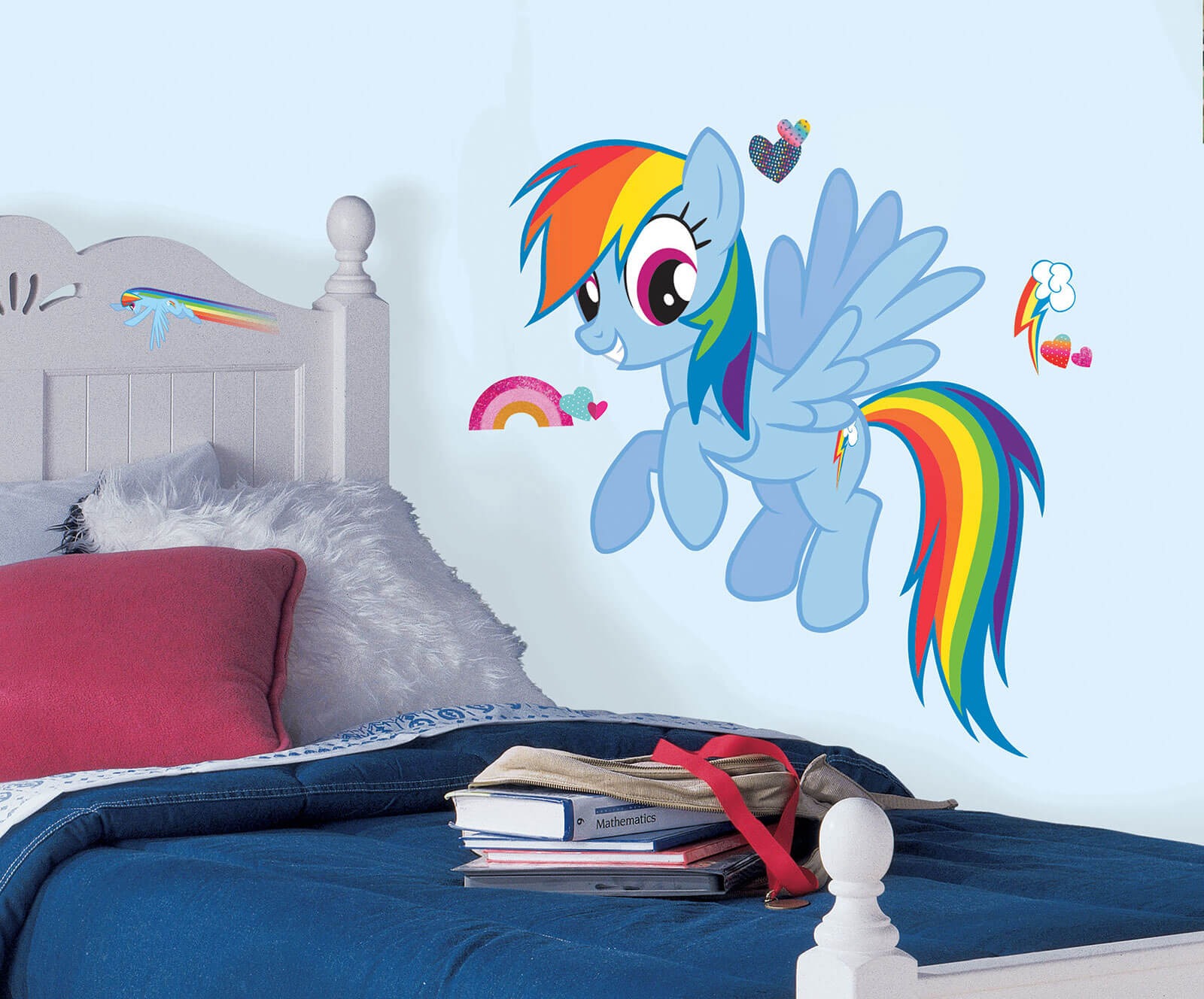
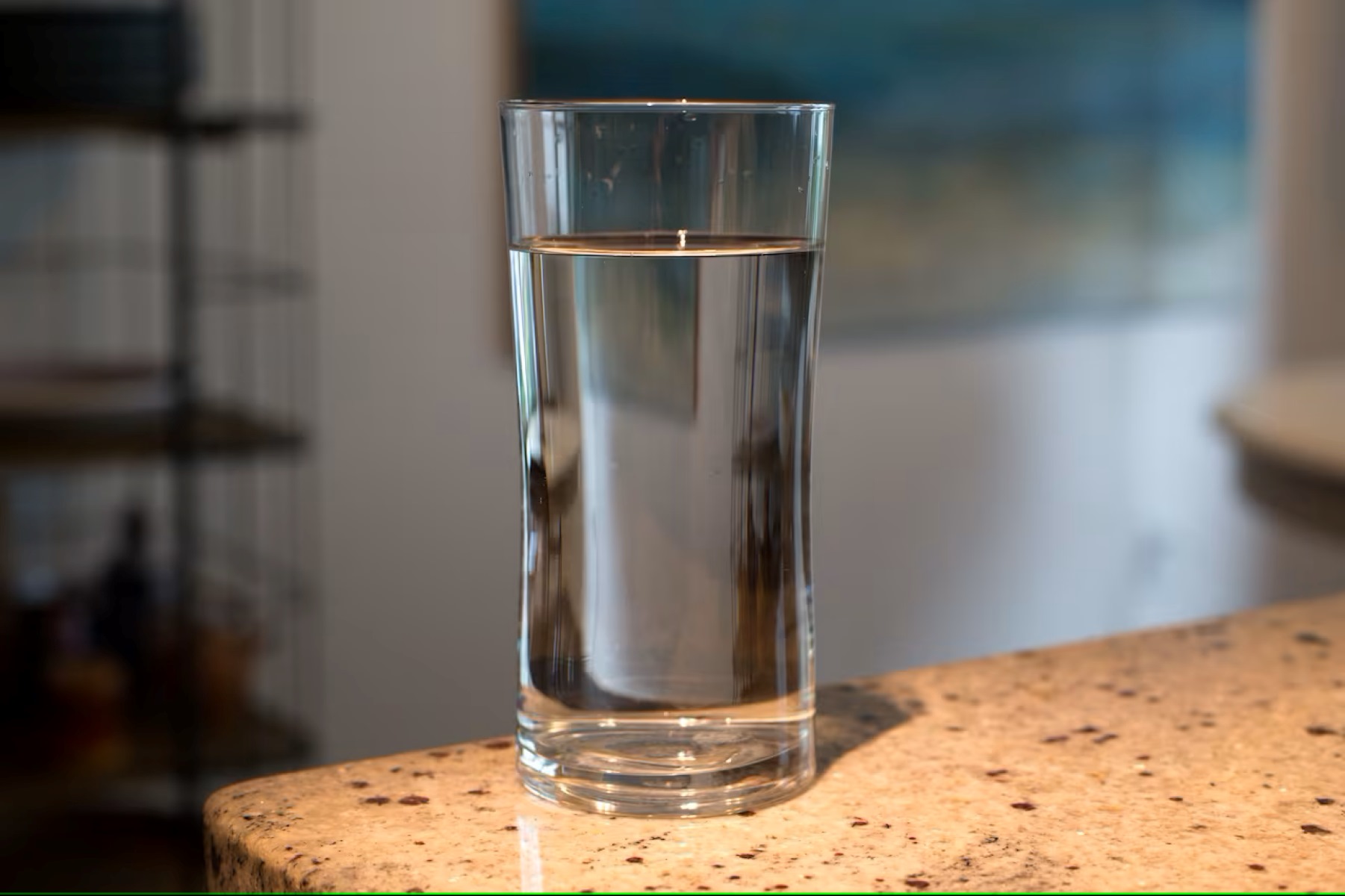

0 thoughts on “How To Get A Suction Cup To Stick To Glass”